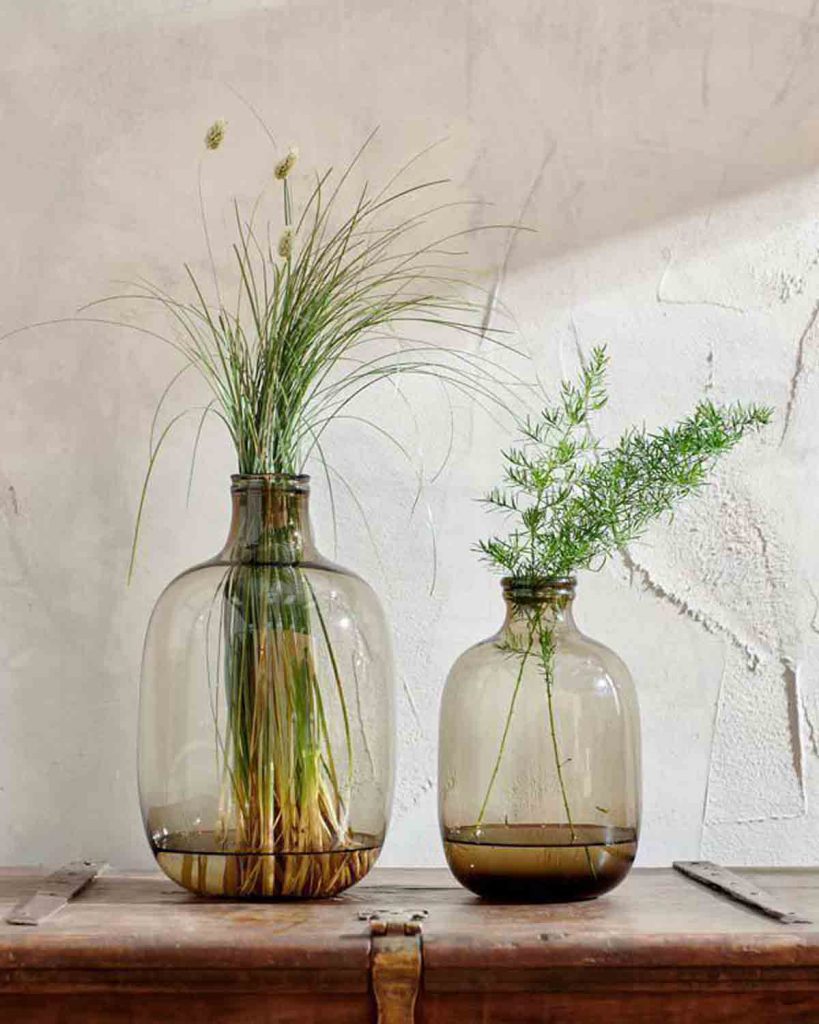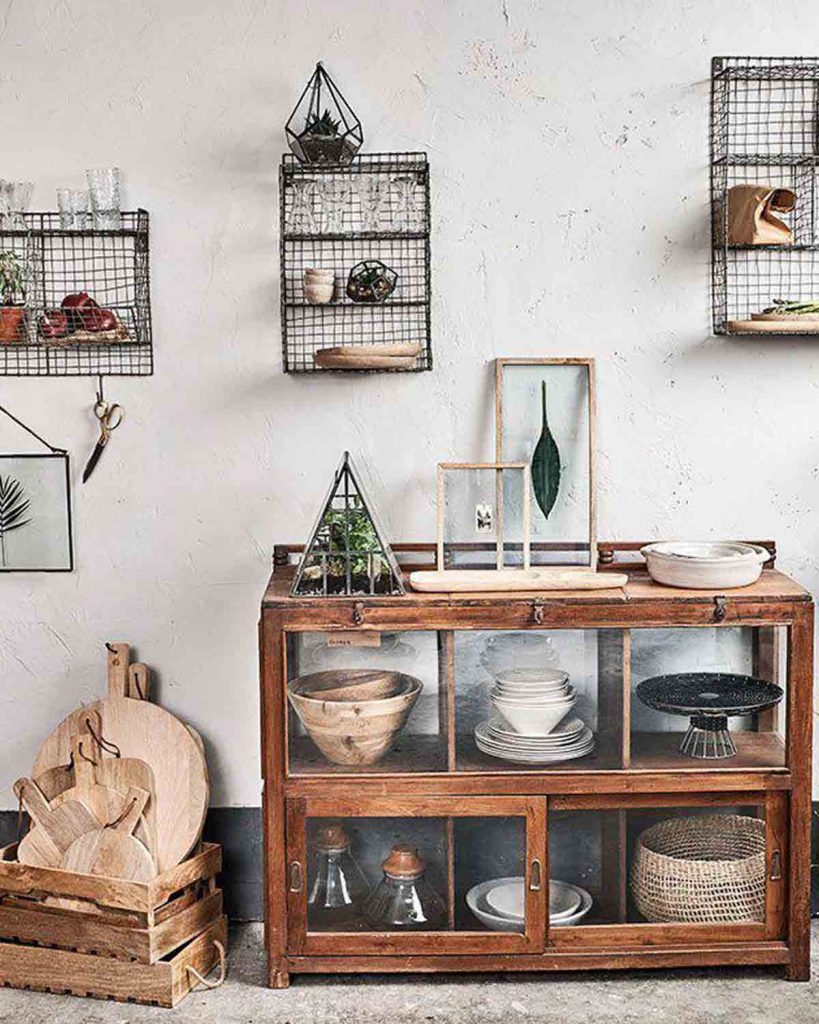Let’s talk Sustainable Interior Design, what is it and where can we start? We’re all becoming increasingly conscious of the impact that human activity has on the natural world, and we’re looking to make decisions that reflect that. Interior design is something that has the potential to be hugely destructive – but with just a few changes, we can limit the impact that our renovations have.
First step: The major first step is to limit the sheer volume of stuff that we throw away. Spending a little bit extra on materials that will last for longer will, in the long run, mean that less goes to landfill, and the overall footprint of your project will be considerably reduced.

What materials should we be using?
So which materials qualify as sustainable? Put simply, it’s anything that came from the Earth and after time can eventually break down and return to the Earth. Natural products like wool, wood, cotton and bamboo all fall into this category.
When shopping for wood, look for the logo of the Forest Stewardship Council. This is the body set up to ensure that the wood being used is sourced responsibly.
It’s also worth vetting the company providing the products in question, and the supply chains that they are connected with. Look for furniture companies that emphasise sustainable practices, but make sure that they actually walk the walk when it comes to sustainability. Greenwashing is rife among small businesses and large ones, since everyone wants to be sustainable.
Energy Efficiency
Keeping your renovation energy-efficient will go a long way to making your property sustainable in the long term. That means ensuring that everything is insulated, especially if you’re in the loft. Bear in mind that certain spaces, like lofts, might need to be adapted to ensure adequate ventilation. Otherwise you’ll just end up spending extra to get air bricks installed.

Upcycling
Re-using old furniture means that new items of furniture don’t need to be manufactured. You can find some gems if you’re willing to take a look around local charity shops. Even seemingly worn-out items can be restored if the underlying timber is there. Upcycling projects are a great way to inject character into your interior – and often, all you need is a bit of sandpaper and the right finish.
Borrow or Hire Tools
If you’re going to be using expensive power tools in your renovation, then it might be worth looking at hiring them rather than buying them outright. This goes especially if these are going to be used only very rarely. This is a point in favour of bringing professionals in to do particular tasks, like carpentry. If you’re going to be going down the DIY route, make sure that you only invest in tools that you’re going to get plenty of use out of.
If you’re just getting started on your sustainable interior design journey, hopefully these simple pointers will help to guide you in the right direction.
Photography via Nkuku




